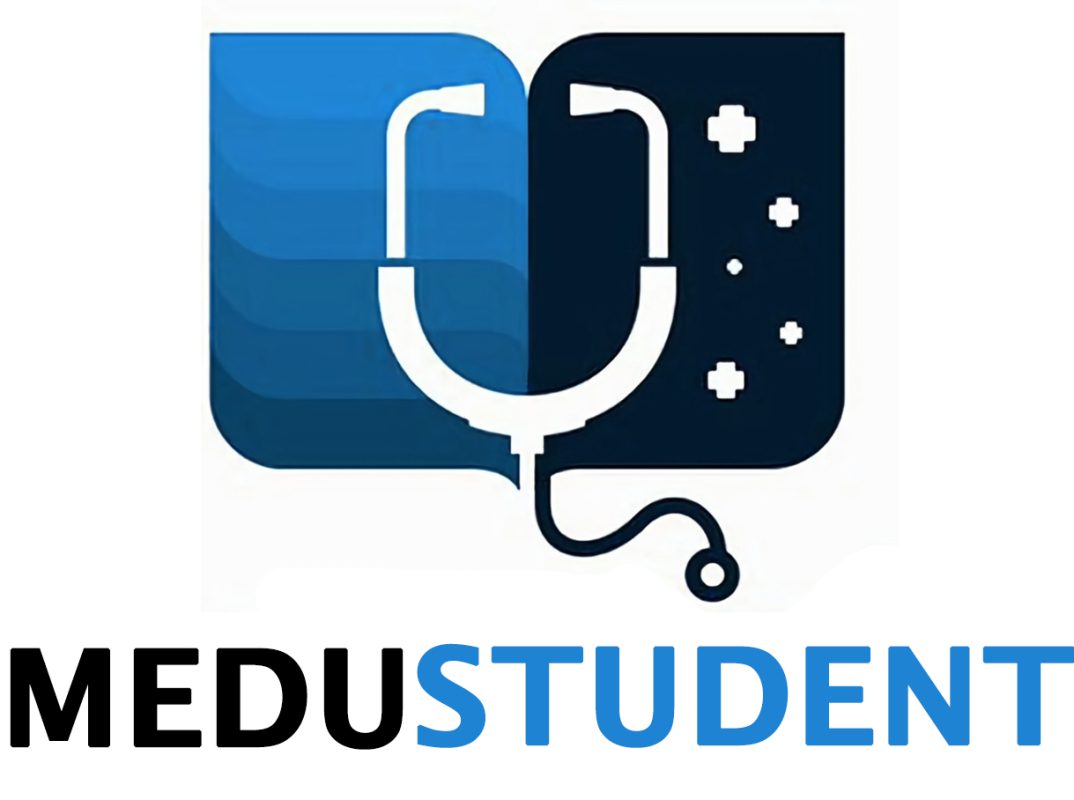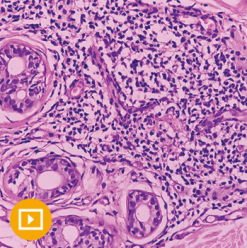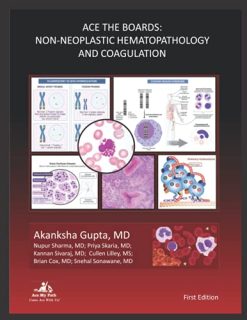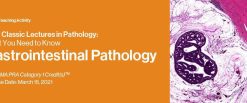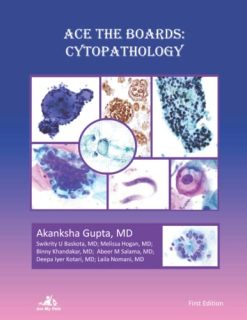Comprehensive Review of Cardiovascular Pathology 2014 (CME Videos)
$10,00
Samples for Courses Can be found here : Free Samples Here!
Comprehensive Review of Cardiovascular Pathology 2014 The goal of the course is to provide an up to date understanding of cardiovascular diseases. This course will provide the latest in cardiac tumor and vasculidities involving medium size and large vessels using the latest classifications. We will provide an update on the handling of endomyocardial biopsies and how to interpret these including the use of immunohistochemical stains. Also, an update on classification of cardiac rejection will be presented and illustrated and pitfalls discussed.
Comprehensive Review of Cardiovascular Pathology
The Oakstone Institute
Description
|
|
Faculty/
|
|
Learning Objectives
Upon completion of this activity, the participant will be able to:
- Describe the normal anatomy of the heart and outline approaches for its examination postmortem and in surgical pathology (valves, prostheses, and biopsies)
- Contrast and compare the etiologies and diagnostic features (gross and microscopic) of heart disease: congenital, cardiomyopathies, myocarditis, valvular diseases, pericardial diseases, cardiac tumors, and coronary artery disease, atherosclerosis and ischemic heart disease
- Define the features that characterize the different types and grades of cardiac allograft rejection and describe other pathologies that impact on management and survival of heart transplant recipients (cardiac allograft vasculopathy, infections, and neoplasms)
- Contrast and compare diseases that affect arteries and veins, including degenerative, inheritable, and inflammatory diseases
- Discuss the importance of interventional devices in the management of heart disease and review the pathologic features that are associated with their use both short and long-term
Accreditation
Oakstone Publishing, LLC is accredited by the Accreditation Council for Continuing Medical Education to provide continuing medical education for physicians.
Date of Original Release: December 1, 2014
Related products
DERMATOLOGY
PATHOLOGY
